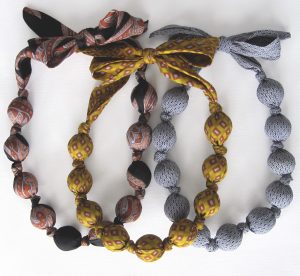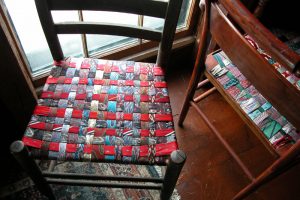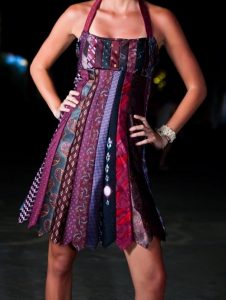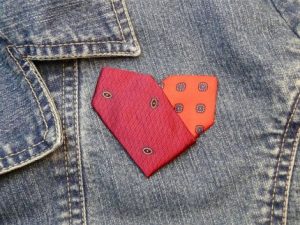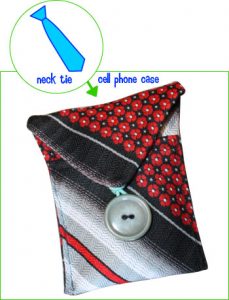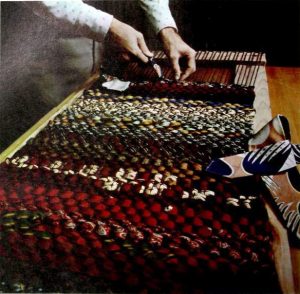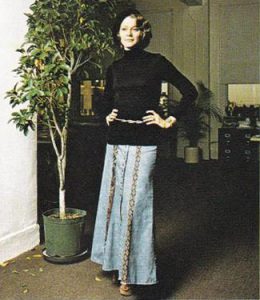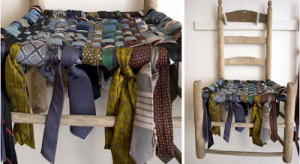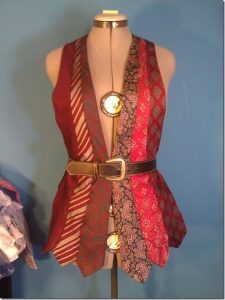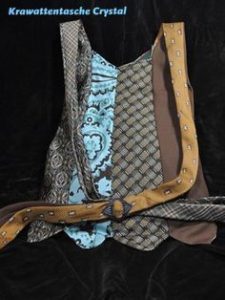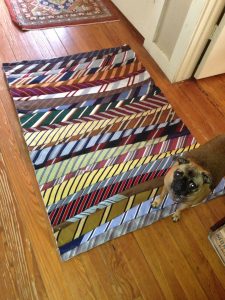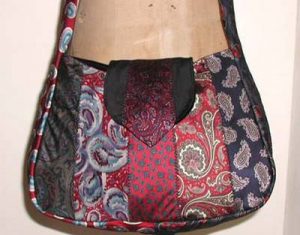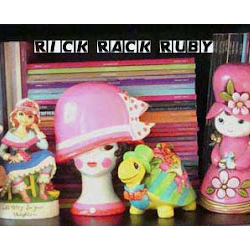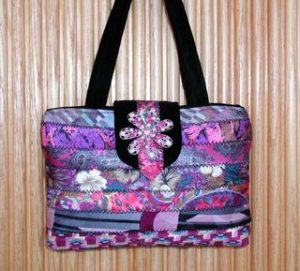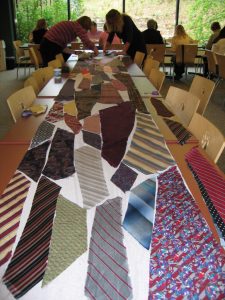Category: Ties
AKA Neckties
If you’ve ever collected a large volume of ties for a project you’ll have picked up on some of the many styles. Delving into the world of ties and their traditions was an eye opener. Wikipedia gave some interesting insight:
- In Britain and Commonwealth countries, necktie stripes run from the left shoulder down to the right side, since neckties are cut on the bias (diagonally), the stripes on the cloth are parallel or perpendicular to the selvage, not diagonal. In the United States their stripes run from the right shoulder to the left side.
- Before the Second World War ties were worn shorter than they are today; this was due, in part, to men wearing trousers at the natural waist (just above the belly button), and also due to the popularity of waistcoats, where tie length is not important as long as the tips are concealed
- The ‘Bold Look’ – around 1944, widths reached 5 inches (13 cm), and designs included Art Deco, hunting scenes, scenic “photographs” and tropical themes
- The ‘Mister T’ look – about 1951 thinner and not so wild ties. Small geometric shapes were often employed against a solid background
- By the early 1960s, dark, solid ties became very common, with widths slimming down to as little as 1 inch (2.5 cm)
- The term ‘Kipper tie’ was a pun on the name of designer Michael Fish, as well as a reference to the triangular shape of the front of the tie
- In the 1970’s traditional designs of the 1930s and 1950s reappeared, particularly Paisley patterns
- In the 1980s, narrower ties, some as narrow as 1+1⁄2 inches (3.8 cm) became popular again
In many workplaces these days ties are not allowed and are seen by some as symbols of opression and slavery.
 Reuse
Reuse
Wikipedia states ‘Hospitals take seriously the cross-infection of patients by doctors wearing infected neckties, because neckties are less frequently cleaned than most other clothes’. So it’s important to clean those ties thoroughly.
It’s easy to take apart neck ties. They are held together by a single row of stitching up the back. Inside is a thick piece of fabric. Often that fabric is stained because I think most people do not wash their ties. I washed my neck ties by hand because I was concerned the colors might bleed onto other clothing. If you did want to put them in a washing machine, I
recommend putting them in a mesh laundry bag or they could get tied in knots.Carla from Trashmagination
Sources
Wikipedia – Necktie


